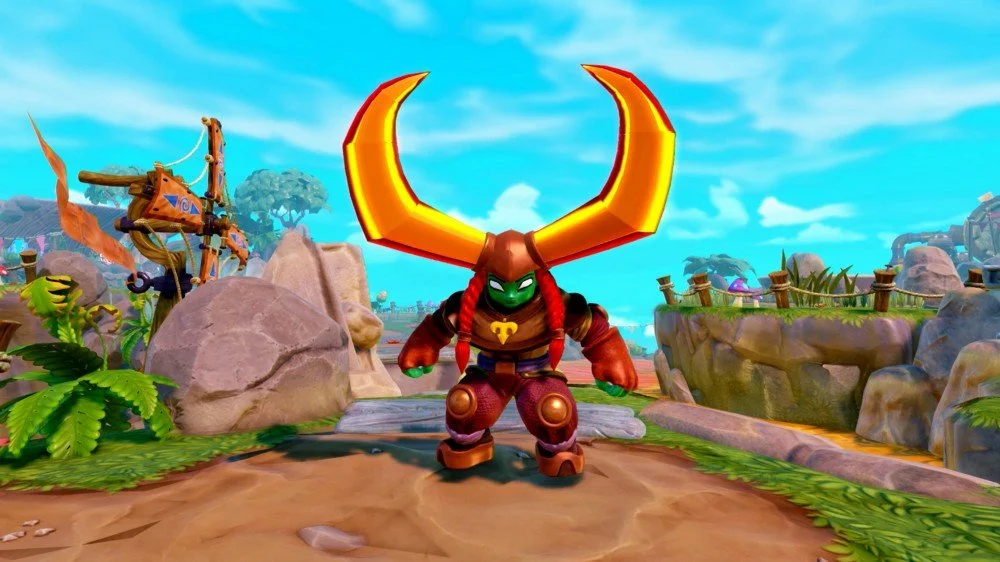What Makes a Gamer?
What is a gamer?
In simple terms, gamers are people who play and enjoys games frequently, and identifies with the label. But too often, the term “gamer” evokes a certain image of an eternally adolescent young man who loves anything action-packed, and maintains gatekeeping behavior, typically excluding woman and anyone who disagrees with their point of view.
This perception of the term led gaming critic Leigh Alexander to throw up her hands and proclaim “Gamers are over!” even as the industry has expanded to a more diverse, broad audience filled with men and woman of all ages. But one of the biggest issues with Alexander’s proclamation is that it neglects the idea that “gamer” can be appropriated for an inclusive, welcoming community. Wendi Sierra challenged people to continue to utilize the term gamer, and help it to evolve into something more positive and inclusive of all types of people.
Places like the Museum of Digital Art and Entertainment in Oakland are trying to do just that. Alex Handy, director at MADE, likes to engage with existing communities like Girls Who Code, as well as his local interactive fiction community. “We’re [an] erratically inclusive sort of space. Everybody’s welcome…” said Handy. Like many others, he defines gamers as “anybody who’s really enthusiastic about video games.”
One of the things that distinguishes gamers is the communities that they’re a part of. Whether or not it was intended by the developers, communities begin to rise up around different games, especially those with an online component to them. These nature of these communities can be shaped by the games that they are playing, “Minecraft is about collaboratively working together to stay alive, so that community is really about sharing information” while “Call of Duty’s all about being better than the other guy.” Handy also points out that any community (gaming or otherwise) is only as diverse as the people that are in them, and “there are toxic movers in every community, everywhere,” even in common organizations like PTAs.
At design studios like Toys for Bob (TFB), designers are trying to be a better influence on their players. One of the things TFB tries to do is include and properly represent diversity in the characters that are part of the game. Adrian Ledda is Senior Character Designer for Skylanders, a game that’s targeted at child audiences.
“What we do in our games will affect their experiences and may alter their perceptions of certain things. So if we had a Skylanders game with all male characters, what is that saying to any of the girls out there who are playing our games?
Or alternatively, if we have a Skylanders game with most male characters, some monsters, and some girls, what is that saying? That’s saying that there is a far more diverse fantasy world that can exist out there.” — Adrian Ledda, Toys for Bob
The best examples of this are characters like Gusto and Headrush, who are weird and quirky.
Headrush is “a very prominent female, [that] didn’t rely on things..like magic staves or wands, or anything like that. She looks like she could punch the crap out of somebody.” — Ledda, Toys For Bob
These type of characters are important inclusions in a modern landscape that continues to argue over the harmful effects of sexism in games. While it’s unlikely that we’re ever going to (or if we ever need to) completely stop having “sexy” characters included in media for the purpose of eye-candy, it’s good that some developers are trying to strike a better balance.
But developers are only a small cog in a much bigger machine, and even a noble agenda like creating more diversity in games is hard when everyone working on the design has a different idea of what should be included. The greatest thing about game is that “you could be playing a game about anything, any experience.”
It’s up to game developers to continue fighting to include more diversity, and make more people feel included in the narrative. Erin Gunderland, an independent designer, put it succinctly,
“There’s so many stories missing that we have yet to tell. And things we have yet to experience through games. I’d like to see more of that.”
